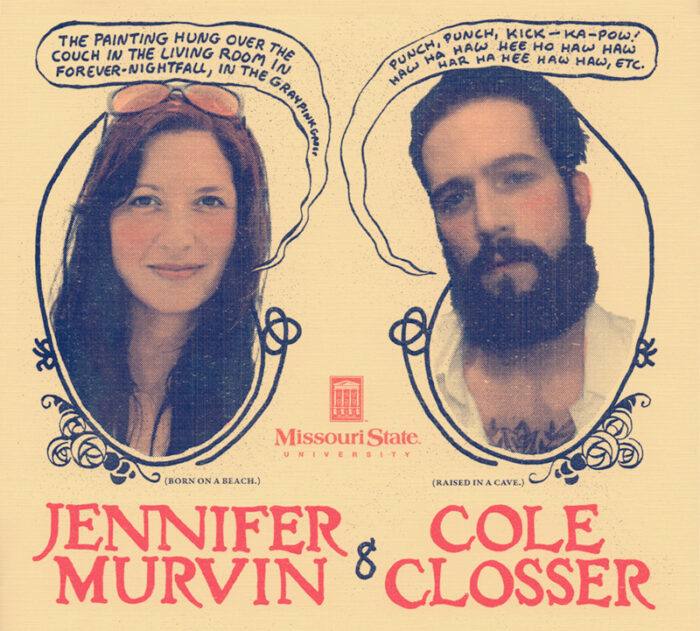
Everyone has a story to tell. Cole Closser and Jen Murvin, professors of Graphic Narrative, are enhancing and expanding the ways students are able to understand and share their stories—with comics.
Team-teaching a groundbreaking class together, their success has resulted in a new degree option: BFA in Design, Sequential Art option.
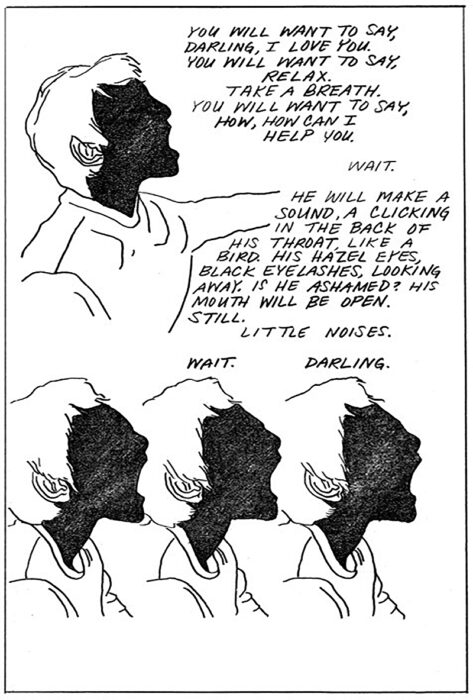
Cole Closser, assistant professor of Art and Design, and Jen Murvin, senior instructor of English, co-teach Graphic Narrative—a one-of-a-kind course that combines both writing and art to create comics. This course promotes growth for all students, with the ever-present challenge of learning something new, all the while sharing their own stories.
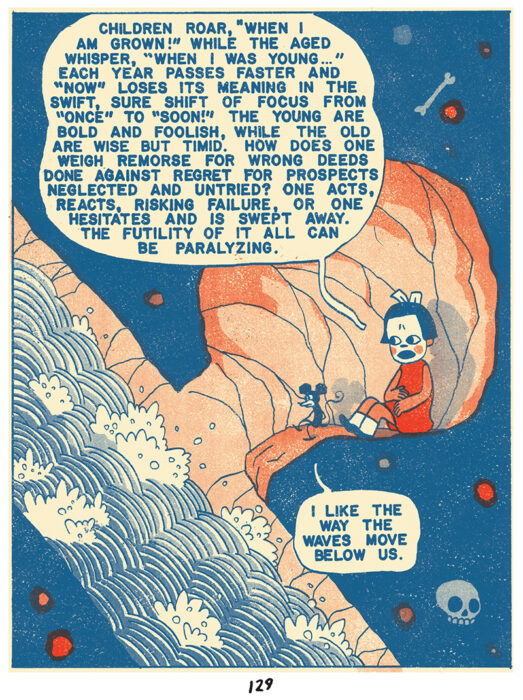
“Comics class was by far the favorite course I took in my time at MSU, and I learned SO much from it. you get in-depth training in both the technical and expressive sides of drawing and writing and come out an exponentially better storyteller,” shares MSU student, Libby Rule, “I’ve taken what I’ve learned in that class, and still apply it to practically everything that I create.” Writers who don’t consider themselves artists or artists who aren’t confident with their writing capabilities gain an appreciation for both fields, as well as discovery for their own talent.
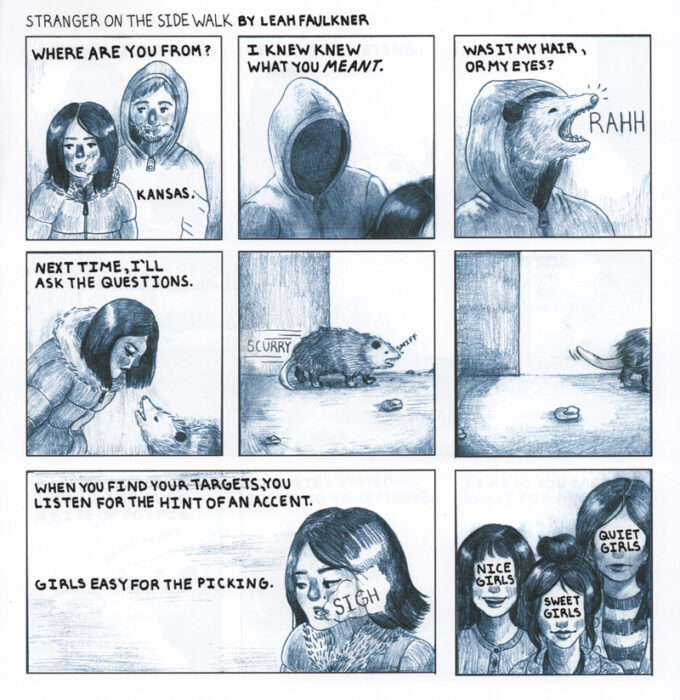
“I love being there when students (especially fine art or literature students who’d never considered comics as a viable artform) discover a deep passion for the medium,” shares Cole, “or when students who come in with a love for superheroes or pop manga finally begin to comprehend the limitless possibilities within comics—and within themselves.”
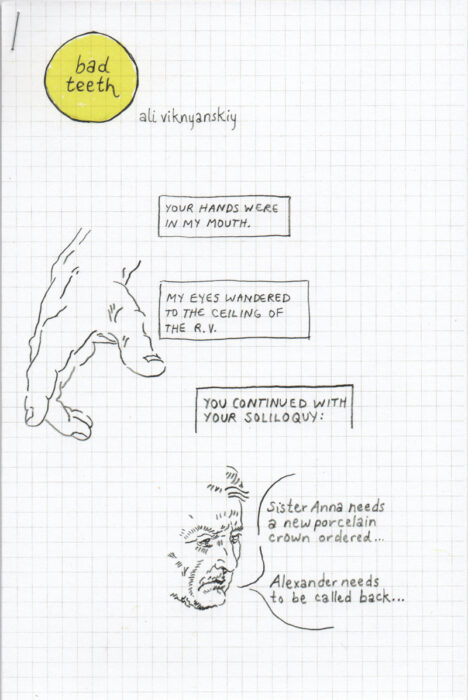
Cole has been a lover of comics for most of his life. “I found Françoise Mouly and Art Spiegelman’s RAW anthology in my basement when I was ten—and it changed me forever,” exclaims Cole, “I’d stay up nights reading it under my covers with a flashlight.” He would go on to major in fine art because there were no academic options involving graphic narrative. Cole found it difficult to have the same drive for painting as he did for comics, so he began altering every assignment in his art classes to relate to his passions. “I finished my first book doing just that,” shares Cole.
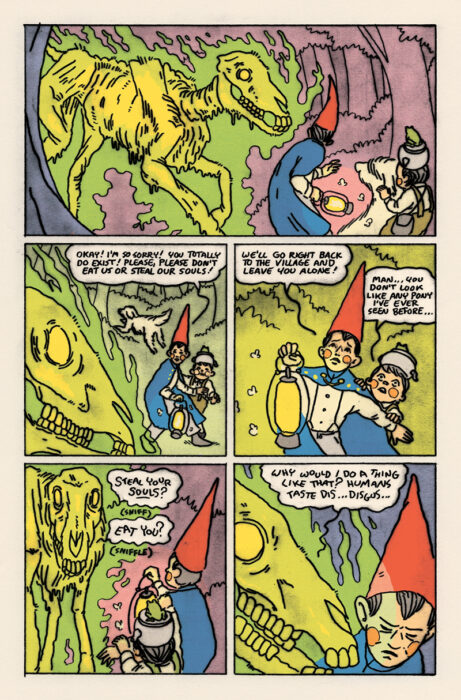
He would go on to complete his first book, Little Tommy, at the end of his undergraduate career, and then by his senior year of grad school, it was published by Koyama Press and receiving reviews from the Chicago Tribune. It was also named one of the top 10 books of 2015 by AV Club and was included in the Best American Comic 2015. Black Rat, Cole’s second book, was also featured on the New Yorker website and earned an honorable mention in Best American Comics 2017. Although he does some additional commercial, freelance work, Cole’s “main focus is on creating intimate, honest, and sincere work which connects with people on an emotional level.”
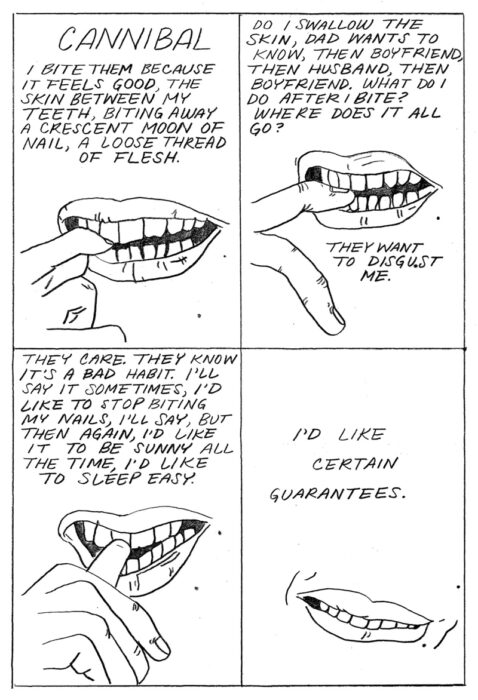
“Jen and I teach visual artists to write and writers to draw so each cartoonist is able to realize their own individual vision without relying on any collaborators,” explains Cole. Students are able to share their own stories via new channels, which widens the breadth of meaning. Some things can only be explained through imagery, while some things can only be explained through writing. Deciding which elements need to be shown and which elements need to be explained forces students to view their stories through a critical lens and reflect upon how they want to communicate to the reader.
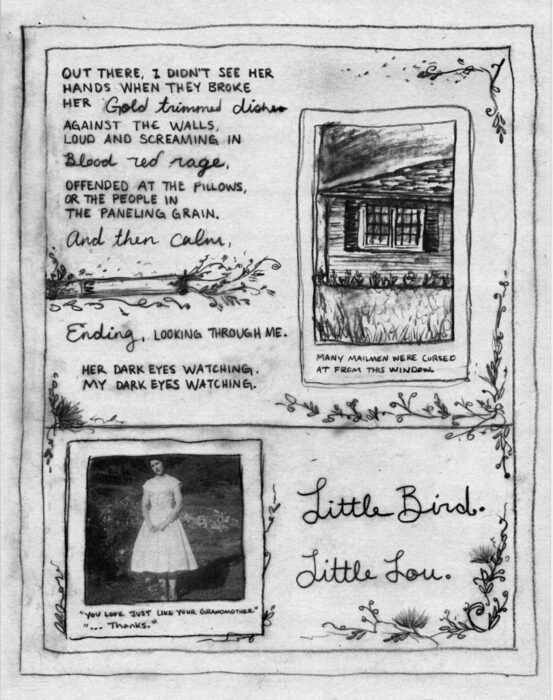
“I’ve never considered comics as a vehicle to tell my own stories before this class,” shares MSU student, Ariel Messerer, “I learned new ways to think about the relationship between words and images. If you’re a storyteller, this class is for you.”
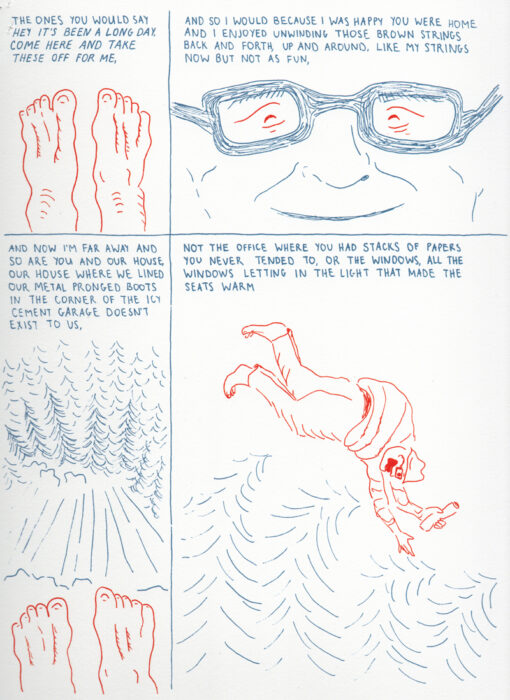
Cole shares that he has seen growth show up in many ways for students; plus, it’s allowed students to see the multiple options that exist for them and their creative desires. “The interdisciplinary comics course showed me my potential to be an artist, and the ways in which my writing was already art,” shares MSU student, Amanda Hadlock, “The class entirely changed my outlook on my own creativity.” The task of combining artwork with writing allows students to face the complexity of storytelling and the intentionality of communication. MSU student, Maddy Cushman, shares that through comics, she was able to delve deeper into self-expression.
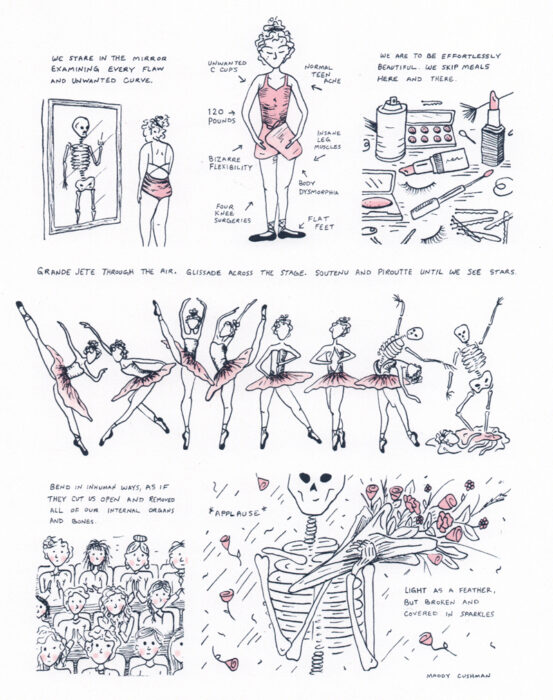
“I loved being able to explore creative writing techniques that challenged me and pushed me to create some of the most meaningful and fun work of my time at Missouri State,” she shares.
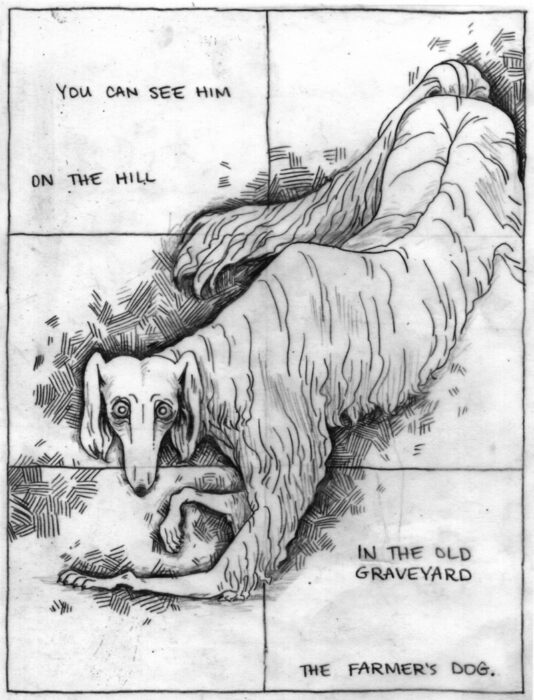
A number of Graphic Narrative students have even had their work published. Stephen Ward, Hannah Farlye, and Dylan Webb have all been published in The Florida Review. Amanda Hadlock was published in Hobart, and both Maddy Cushman and Dylan Webb were published in Barrelhouse Literary Magazine. “I get a real kick out of seeing writing students who’ve really never drawn before finally gain the knowledge and confidence necessary to illustrate their own stories,” shares Cole, “and seeing art majors who’ve been terrified of writing suddenly creating memoir essays and literary fiction worthy of publication.”
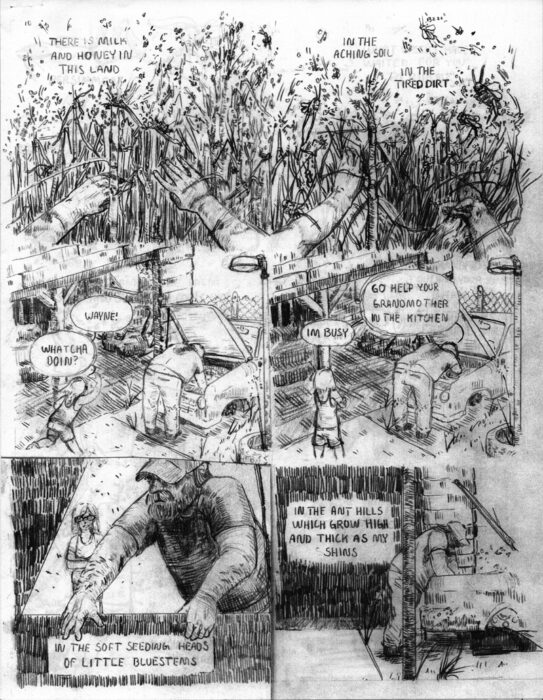
The significance of Graphic Narrative lies in the stories experienced, told, and shared. “It’s the voice and heart of each cartoonist which makes the work meaningful,” shares Cole, “We believe in those voices and in those hearts, and in providing each cartoonist with the tools to set them loose on the world.”
For more information about the new degree option, see the course catalog degree requirements or contact the Art + Design Department.

Leave a Reply